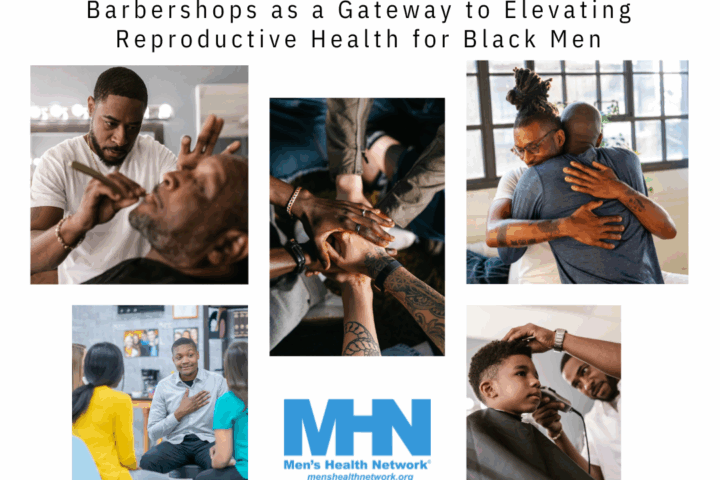Second opinions are commonplace in law, business, building and construction, and car repair. However, the idea that “two heads are better than one” really began in medicine. Second opinions should be considered when the diagnosis or treatment is unclear or when a treatment hasn’t worked. If the answer to “what should we do now?” is a shoulder shrug, consider another opinion. It may also have value when things just don’t sit right with you or when your gut feeling is off. Maybe your personal research leads you to believe that the care you’re getting is based on decades-old or outdated knowledge. A second opinion can also be as simple as providing peace of mind and certainty. A Mayo Clinic study recently found that 88% of patients who sought a second opinion learned of a new diagnosis or a “refined” diagnosis after the experience. Second opinions have value for the simple reason that medicine is as much art as it is science and maybe you’re just not comfortable with the picture that was painted for you.
The Patient Riddle
I enjoy doing Second Opinions. I view them as medical riddles with real-life answers. Here are the guiding principles I use to solve the riddles:
- Listen to the patient’s story. The road they’ve taken can often inform the road ahead.
- Organizing information leads to rationale thinking and clear decision making.
- An explanation with one parameter is more likely to be correct than one with two or more (Occam’s Razor)
- Common things occur commonly.
For example, by simply viewing semen analysis data over time, it’s amazing what relevant patterns unfold, including environmental exposures and medication effects. Pathways of care emerge from utter confusion that can send patients in a whole new direction.
The Thinking Cap
Here are a few recent, salient cases that come to mind in which my second opinion completely changed the course of a patient’s care.
- An immigrant trying to conceive is told that he has testicular cancer and needs his testicles (both!) removed. The surgery is scheduled. A closer look at his medical history, physical examination and scrotal ultrasound suggests instead that he has genitourinary tuberculosis. I recommend that surgery be cancelled and that he be treated with TB medications instead. Voila, he keeps his testicles and becomes naturally fertile again.
- A man is told that he is sterile with nonobstructive azoospermia. He undergoes one (or more) microdissection testicular sperm extraction (Micro-TESE) procedures to find potential pockets of sperm but none are found. He and his partner are advised to adopt or to use donor sperm instead. I then perform a diagnostic FNA (Sperm) Mapping procedure and find oodles of sperm in one tiny corner of one testis. We proceed again to sperm retrieval and the couple begins their family-building journey.
- A man is told that because of his extremely low sperm count, in vitro fertilization (IVF) is their only hope of having biological children. After 3 cycles of IVF, he and his partner have still not conceived. Exhausted and broke, they ask me whether there is any way to improve his sperm count to allow them to conceive without IVF. He also relates to me that he has had a known clinical varicocele (innocuous bag of veins in his scrotum) since high school. After 1 hour of microsurgery, his varicocele is gone and the couple proceeds to have 2 children in the peace and quiet of their own home.
But second opinions can get even more exciting for me. I now have a cadre of what I call “telepregnancies” in which I listen to patient stories and recommend lifestyle modifications such as stopping hot baths, considering weight loss, or medication changes, and natural pregnancies ensue soon afterwards without any other intervention. You can imagine how satisfying these cases are! And of course, there are couples who seek an opinion that, although not leading to the hoped-for success, instills in them the knowledge that they have explored all possible options and that they have a definitive answer. As Samuel Coleridge once said: “Common sense in an uncommon degree is what the world calls wisdom.”
This post was originally published to Dr. Turek’s blog.




